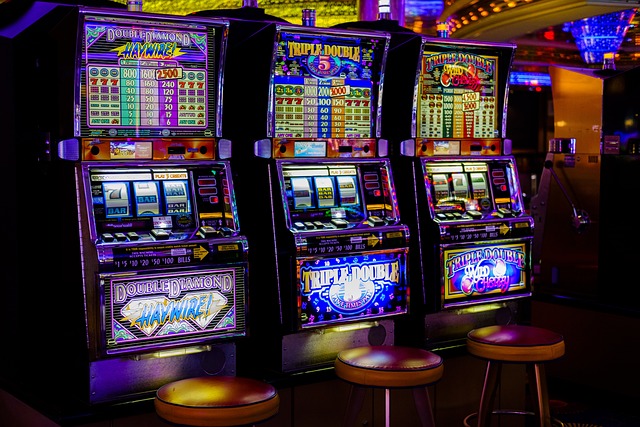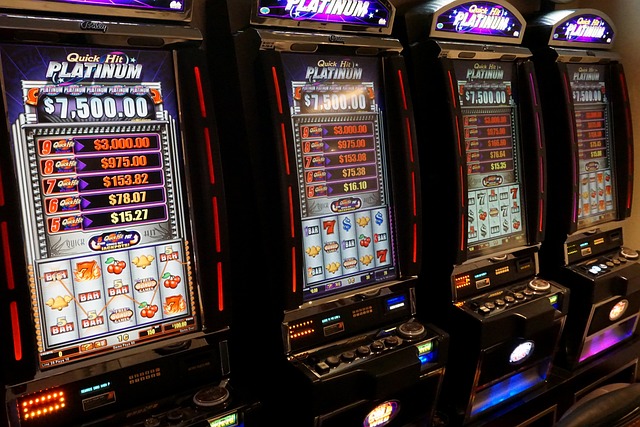When exploring online slot games, one term that often appears is volatility—also known as variance. It’s a critical concept that helps define the risk level and payout behavior of a slot machine. Whether you’re chasing massive jackpots or prefer frequent small wins, understanding volatility can guide you to games that match your strategy and expectations.
Volatility determines how often a slot pays out and how big those payouts typically are. High volatility slots offer bigger wins, but less frequently. Low volatility games provide more consistent, smaller prizes. Medium volatility slots aim to strike a balance between the two.
Knowing how to assess a slot’s volatility allows you to manage your bankroll better, choose games that suit your playing style, and avoid frustration during dry streaks. It’s one of the most important—yet overlooked—factors in having a successful and enjoyable slot gaming experience.
What Is Slot Game Volatility?
In simple terms, volatility measures the risk and reward profile of a slot game. It refers to how much and how often the game pays out over a given period.
- High volatility slots tend to have longer losing streaks, but when they do pay, the rewards are significant—sometimes 100x your stake or more.
- Low volatility slots offer frequent but smaller wins, making them feel more active and less risky.
- Medium volatility slots are the middle ground, delivering a mix of moderate wins and occasional big prizes.
Volatility is typically determined by the game’s design—such as the number of paylines, bonus features, multipliers, and symbol distribution. Developers also use algorithms that influence how payouts are spread across the spins.
Understanding this aspect of the game helps set the right expectations. A high volatility game may seem “cold” if you don’t know that big wins are rare by design. On the other hand, a low volatility game may feel underwhelming to thrill-seekers expecting larger payouts.
High Volatility: Big Wins, Bigger Risks

High volatility slots are ideal for players who enjoy the thrill of high stakes and the potential for life-changing payouts. These games often feature:
- Large jackpots or progressive prizes
- Bonus rounds with high multipliers
- Limited base game wins
- Rare but explosive win combinations
Because payouts are infrequent, players need a larger bankroll and more patience to endure losing streaks while waiting for a big hit. These games are best suited for:
- High rollers
- Competitive players chasing big wins
- Those who don’t mind volatility and variance
Popular examples include Dead or Alive 2, Book of Dead, and Money Train 2. When these games hit, they can pay out hundreds or even thousands of times your original bet—but getting there takes resilience and luck.
Low Volatility: Frequent, Manageable Wins
Low volatility slots are often favored by casual players and those with smaller budgets. They provide frequent payouts that keep gameplay engaging and allow for longer sessions.
Key characteristics include:
- Regular small wins
- Fewer bonus features or high-risk multipliers
- Modest maximum payouts
- Low risk of quickly depleting your bankroll
These games are ideal if you:
- Enjoy steady play without big swings
- Want to fulfill wagering requirements efficiently
- Prefer playing for fun rather than big jackpots
Examples include Starburst, Twin Spin, and Blood Suckers. While you might not win huge amounts, these slots provide constant feedback and entertainment—perfect for players looking for relaxed gaming.
Medium Volatility: Balanced Gameplay
Medium volatility slots offer a blend of risk and reward. You’ll experience moderate payouts more frequently than in high volatility games but still have the potential for some sizable wins, especially during bonus features.
These slots are popular among players who:
- Want a chance at both frequent wins and big bonuses
- Play with medium-sized bankrolls
- Prefer flexible gameplay
Games like Gonzo’s Quest, Immortal Romance, and Legacy of Egypt fall into this category. They suit a wide range of players and often serve as a great introduction to more strategic slot selection.
How to Determine a Game’s Volatility

While some slot providers label volatility clearly, many do not. You can estimate it by:
- Checking the game’s paytable: Large gaps between symbol values or big jackpot promises often indicate higher volatility.
- Observing bonus frequency: Rare but high-paying features usually suggest high volatility.
- Playing in demo mode: Notice how often and how much the game pays over several hundred spins.
- Reading slot reviews: Most reliable gambling sites and forums analyze volatility in detail.
Volatility is not the same as RTP (Return to Player). A slot can have a high RTP (e.g., 96%) and still be very volatile. RTP tells you how much a game returns over time, while volatility tells you how those returns are distributed.
Whether you’re a conservative player or a high-risk gambler, understanding volatility in slot games helps shape your approach, your expectations, and your experience. Choose games that fit your risk profile, and you’ll enjoy more satisfying—and hopefully more profitable—sessions every time you spin.
